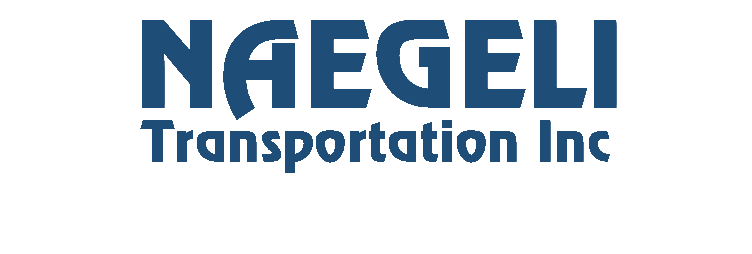One sensor from LiDAR startup AEye Inc. can see more than a half-mile ahead and alert an autonomous truck that a human driver is cutting in from the next lane of traffic. The miniature machine will be part of TuSimple’s autonomous driving system for sale on a Navistar International truck planned for 2024.
Identifying obstacles 3,280 feet away is critical for autonomous trucking because of the time it takes a fully loaded semi to come to a complete stop.
AEye revealed the development partnership with TuSimple Holdings (NASDAQ: TSP) on Wednesday.
Co-founded in 2013 by former Lockheed Martin (NYSE: LMT) and NASA engineer Luis Dussan, AEye is one of several young companies using light-based sensors to generate a three-dimensional view of the road.
“There’s a lot of parallels between aerospace and defense and automotive,” Jordan Greene, AEye co-founder and vice president of corporate development, told FreightWaves.
Mimicking what a fighter pilot sees
Targeting systems built for fighter pilots assume three things: The pilot cannot miss anything; not all objects are of equal importance; and speed matters. All three transfer to autonomous vehicles — and especially autonomous trucks.
“The ability to focus on relevant or critical objects in a scene as quickly as possible needs to be in sensors to allow them to get to higher levels of autonomous capabilities,” Greene said.
Such long-range visibility is what TuSimple wants as it closes in on a 2024 target to equip a Navistar International truck with the software stack for driverless operation. TuSimple has about 7,000 nonbinding reservations from major fleets.
“You want to be able to see as far ahead as you can,” Mo Poorsartep, TuSimple’s chief engineer and director of product management, told FreightWaves. “Having that far-ahead understanding of the road and the dynamic is an important element of building a product that can scale.”
Greene said the long-range visual is important for hub-to-hub autonomous driving in which a robot truck may travel the same route repeatedly but not be aware of changes like a construction zone or road debris.
“If you’re [autonomously] driving 65 miles per hour on a freeway, you need over 2,400 feet to stop, which means that you need to detect those objects well outside of that,” he said. “[When there is] something like an overpass or a sign or a flipped truck up ahead, you need to be able to detect and figure out if you have the clearance to be able to proceed.”
Low-speed wide view too
In addition to doubling the distance of existing sensors, AEye has built in configurability that allows the same sensor — which is about the size of a pencil dot on a piece of paper — to switch views to a low-speed wide view based on the vehicle speed.
“It’s either based on the speed at which you’re going or the mapping information that says you need to be able to now consider merging [into traffic],” Greene said.
Toggling between applications separates AEye’s technology from competitors, which Greene said use multiple sensors to accomplish the same functions. AEye has more than 75 patents and thousands of associated claims covering everything from the low-level software through subsystems and higher-level perceptions.
AEye’s LiDAR also can scan through rain and other weather conditions.
Nonexclusive partnership but …
TuSimple is not an investor in AEye, Greene said. Their partnership is not exclusive, though the two companies have worked on iterations of the sensor for several years. AEye works with Tier 1 supplier Continental and expects to scale the sensors through that relationship.
Human capital and financial constraints are two reasons why meaningful partnerships for a startup are limited.
“The more obvious one is when you start building software and everything that comes on top of the sensor, you get inherently tied to that company because the opportunity cost of switching is extremely high,” Greene said. “So there’s three reasons that you end up working together.”
AEye nears public debut
In February, AEye agreed to merge with special purpose acquisition company (SPAC) CF Finance Acquisition Corp. III (NASDAQ: CFAC), started by financial services company Cantor Fitzgerald. The original $2 billion valuation for AEye was lowered to $1.52 billion in May in line with falling valuations of newly public LiDAR companies.
SPACs are companies that raise funds through an initial public offering to take a private company public.
Related articles:
TuSimple and ZF to develop tech for mass-produced autonomous trucks
Truck Talk: Autonomous range-finding edition
